Robin Peck
Crania, Feb 21 – Mar 29, 2015
Past: 333 Broome St
Installation view, Crania, Canada, New York, 2015

Installation view, Crania, Canada, New York, 2015
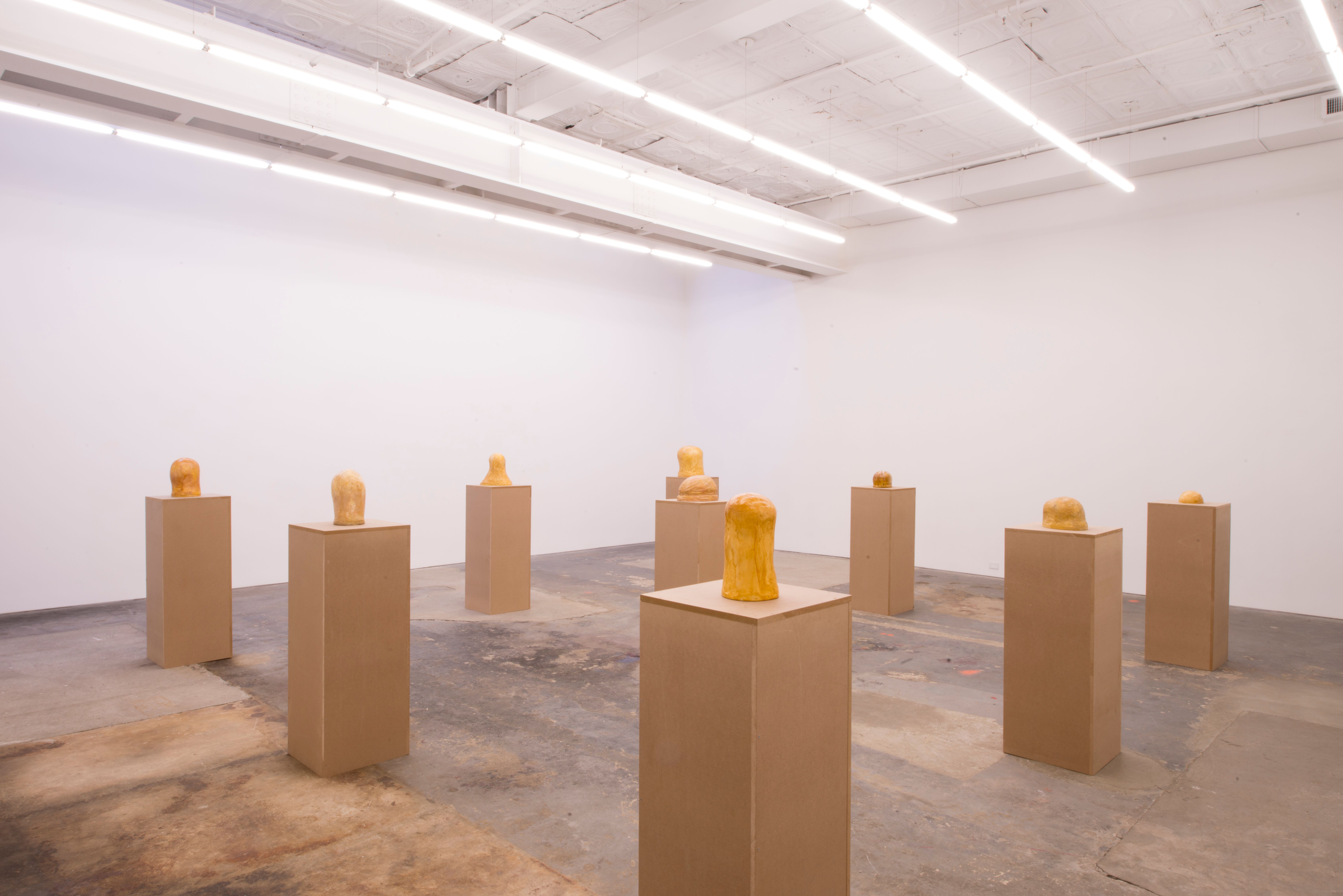
Artworks
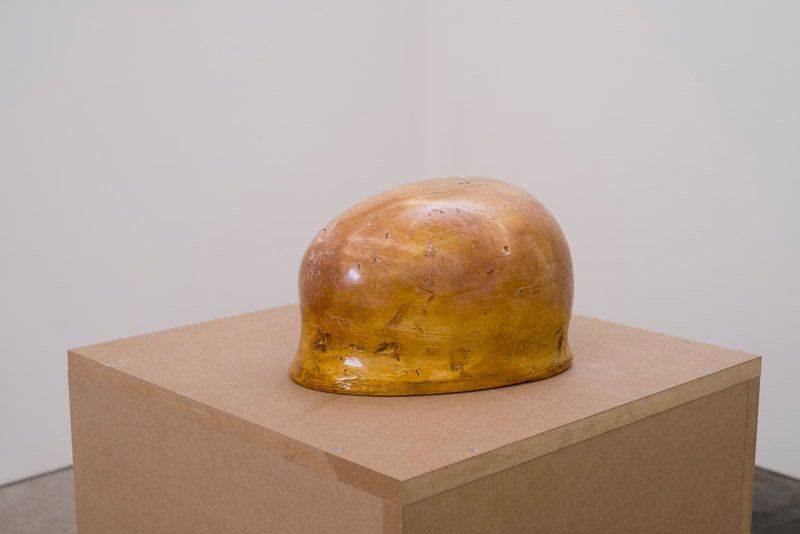
Robin Peck,
Sculpture (Crania) 2,
2013,
6 ⅘ × 9 ⅘ × 6 in (17.27 × 24.89 × 15.24 cm)
Brass, steel, iron, aluminum, plaster, hydrocal, shellac, wax
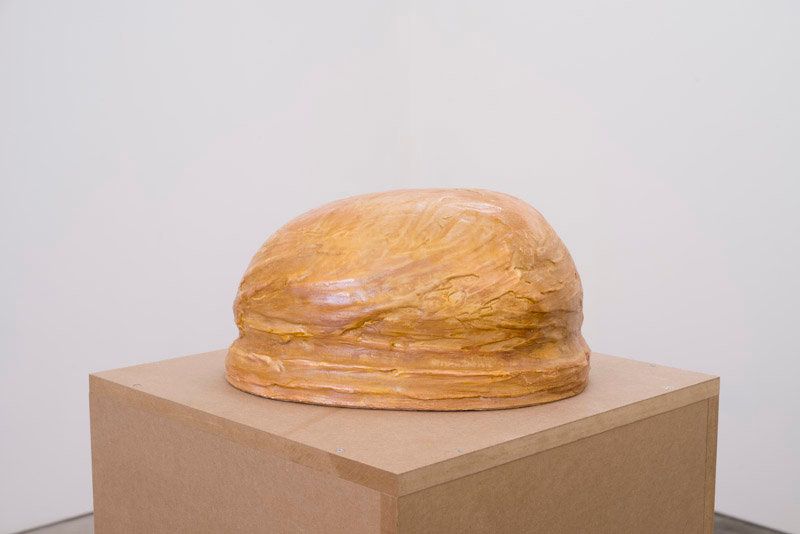
Robin Peck,
Sculpture (Crania) 3,
2013,
14 ¾ × 10 ¼ × 8 ½ in (37.47 × 26.04 × 21.59 cm)
Materials circumferentially from the center: ceramic, aluminum, iron, paster, hydrocal, shellac, gold paint, copper paint, silver paint, flat black paint, wax
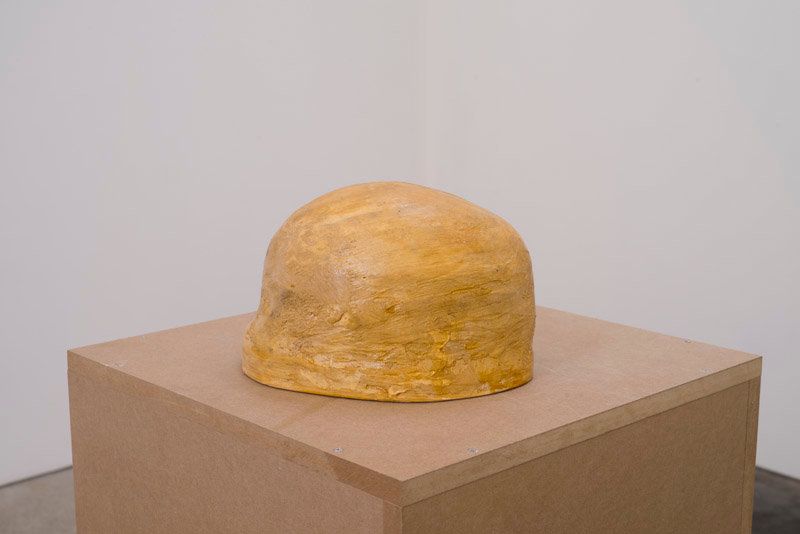
Robin Peck,
Sculpture (Crania) 6,
2013,
10 ¼ × 8 × 6 ¾ in (26.04 × 20.32 × 17.15 cm)
Granite, steel, iron, plaster, hydrocal and burlap, hydrocal, shellac, wax
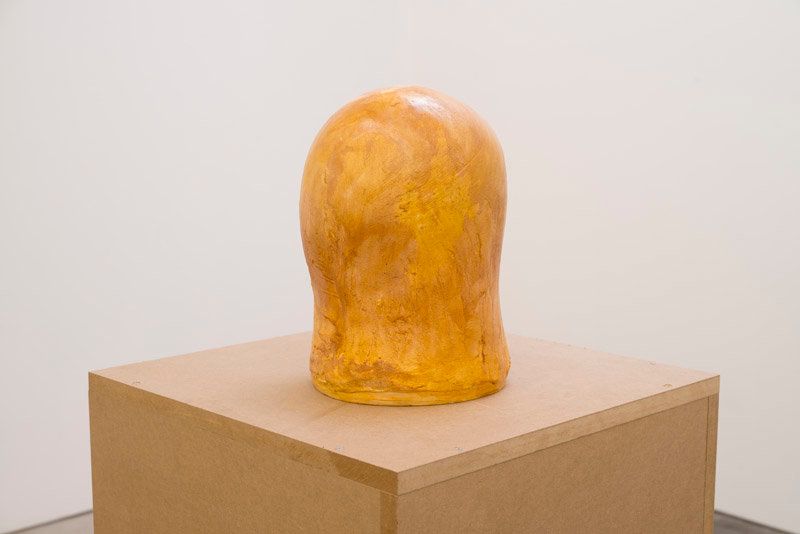
Robin Peck,
Sculpture (Crania) 14,
2013,
13 × 13 × 15 in (33.02 × 33.02 × 38.10 cm)
Cork, sand, glass, aluminum, expanded steel, burlap and plaster, iron, hydrocal, shellac, wax

Robin Peck,
Sculpture (Crania) 10,
2013,
11 ½ × 6 × 5 ½ in (29.21 × 15.24 × 13.97 cm)
Quartz (rock crystal), aluminum and hydrocal, plaster, iron, hydrocal, shellac, wax
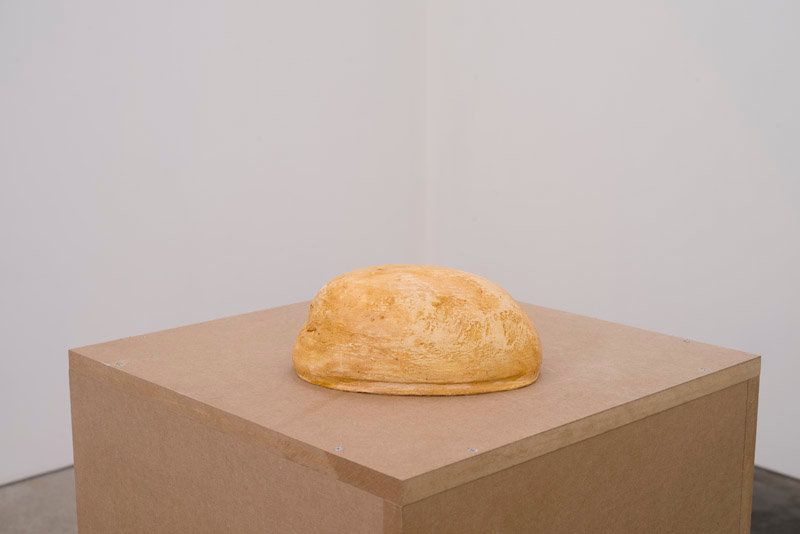
Robin Peck,
Sculpture (Crania) 15,
2015,
3 ½ × 9 ½ × 6 ¼ in (8.89 × 24.13 × 15.88 cm)
Neodymium, bone, aluminum, steel, pottery, plaster, shellac, wax
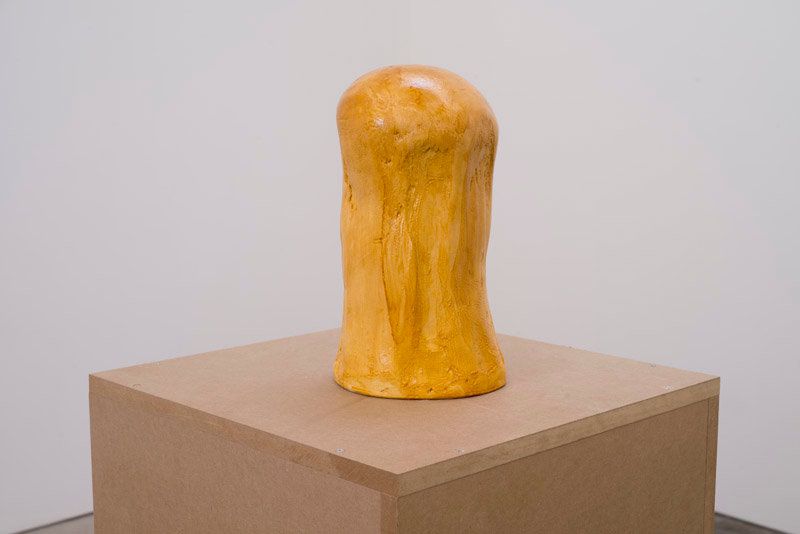
Robin Peck,
Sculpture (Crania) 20,
2015,
13 × 7 × 7 in (33.02 × 17.78 × 17.78 cm)
Plaster, glass, ironstone, aluminum, steel, hyrodcal, shellac, wax
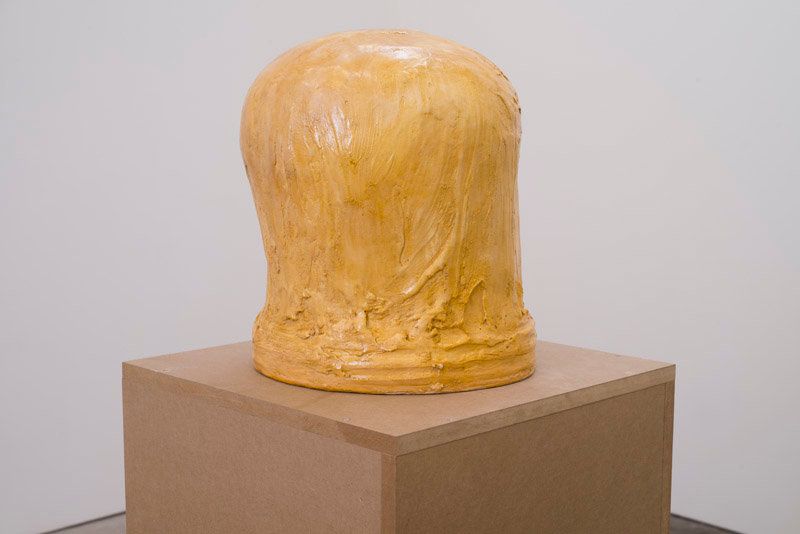
Robin Peck,
Sculpture (Crania) 11,
2007–2013,
13 × 15 × 11 in (33.02 × 38.10 × 27.94 cm)
Rosewood, aluminum, iron, steel, polyurethane, steel, hyrdocal and burlap, hydrocal, shellac, wax

Robin Peck,
Sculpture (Crania) 16,
2014,
5 ½ × 10 ¾ × 8 ¼ in (13.97 × 27.31 × 20.96 cm)
Coral, aluminum, steel, pottery plaster, shellac, wax
Press Release
CANADA is pleased to present Crania, new sculpture by Robin Peck.
Since the late 1960s Peck has been acknowledged as a contributor to the traditions of minimalism, post-minimalism and conceptualism. His work has served as a guardian of that legacy if only reluctantly, ambivalently so. Peck’s new Crania series, at first glance may appear to signal a departure. Outward appearance, in this instance, can be deceiving. The Crania series expounds upon this history and extends to embrace the artist’s encyclopedic knowledge of and interest in the history of sculpture.
We encounter twelve modest-size, apparently plaster sculptural pedestal objects. Their lumpen forms and paucity of adornment could hardly be thought of as immediately visually dynamic: no grand gestures, no appendages. Some are ovoid and feminine, others more attenuated, vertical and phallic. Numbers of viewers will be able to make neither head nor tail of this work. What are we to make of these offerings?
The sculpture titles offer a pathway. They indicate that the Crania sculptures are built up in circumferential layers of various armature materials, then measured and weighed; as one example, at the core: lead, encased successively by iron, aluminium, steel, plaster, hydrocal, shellac, then wax. Its outer shell guards the secret of the process of modeling, carving, cold-forging, hammering and molding beneath its skin.
While Duchamp’s With Hidden Noise (1916) asked of us ‘can you keep a secret? “, Robert Morris’ Box with the Sound of its Own Making (1961) offered self-referential full disclosure. Peck wants us to unfold conceptually the stages of the germination of the final form and to take pleasure at contemplating this mystery. It is only this that justifies the manic, masochistic expenditure of futile lost labour, a penance paid. But a sacrifice to whom? I cannot assure that the outward form is governed by these series of buried actions. For all I actually know, the sculptures might be hollow or a solid mound of poured plaster; perhaps they do not entail these listed steps or ingredients. I must take his attestation upon faith that his declaration is sine cera (“without wax”).